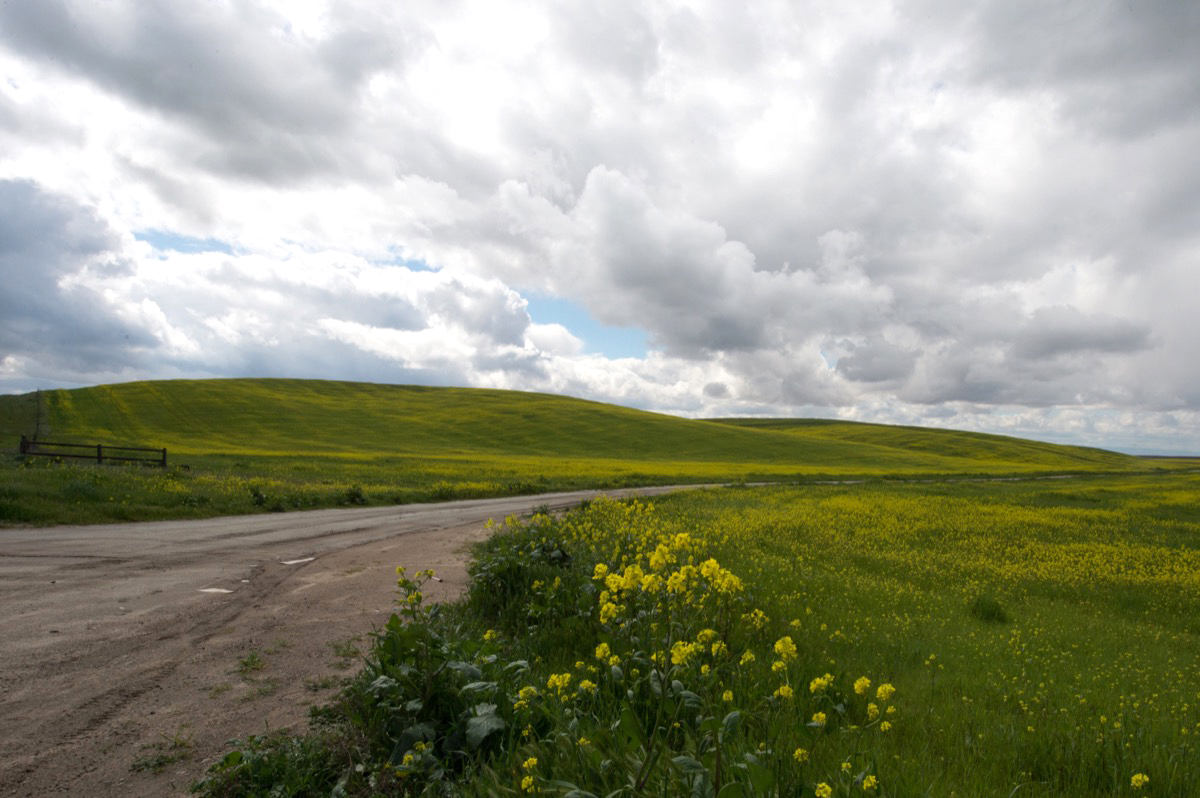
According to yesterday’s monthly drought report from NOAA, all the rain and snow these last few years have finally done the trick. “As of March 12, the entire state of California was drought-free … for the first time in eight years,” the agency said, to a largely quiet public.
How are such announcements not met with ticker-tape parades? Isn’t this the end of a war? For our part, we didn’t mobilize a float to celebrate, but we did go take a look at California’s Central Valley, and it looked largely post-drought indeed. Setting out from Los Angeles we found late snow on the Grapevine and met rain in Bakersfield. We visited farms that are typically golden but now are green and lush; we stopped to gawk at overflowing rivers that cut through fields of yellow wildflowers and bright green grass you could almost hear growing.
Though the world looks verdant and fertile and neon and alive, it’s punctuated by dark trees that haven’t begun to sprout new leaves this spring. Many in fact will never sprout new leaves again. The drought is believed to have killed 100 million trees in California’s forests, and here, dead and stressed oaks, sycamores, willows, and other landscape trees lord over wide green vistas and line creeks and rivers swollen with snow melt and rainfall.
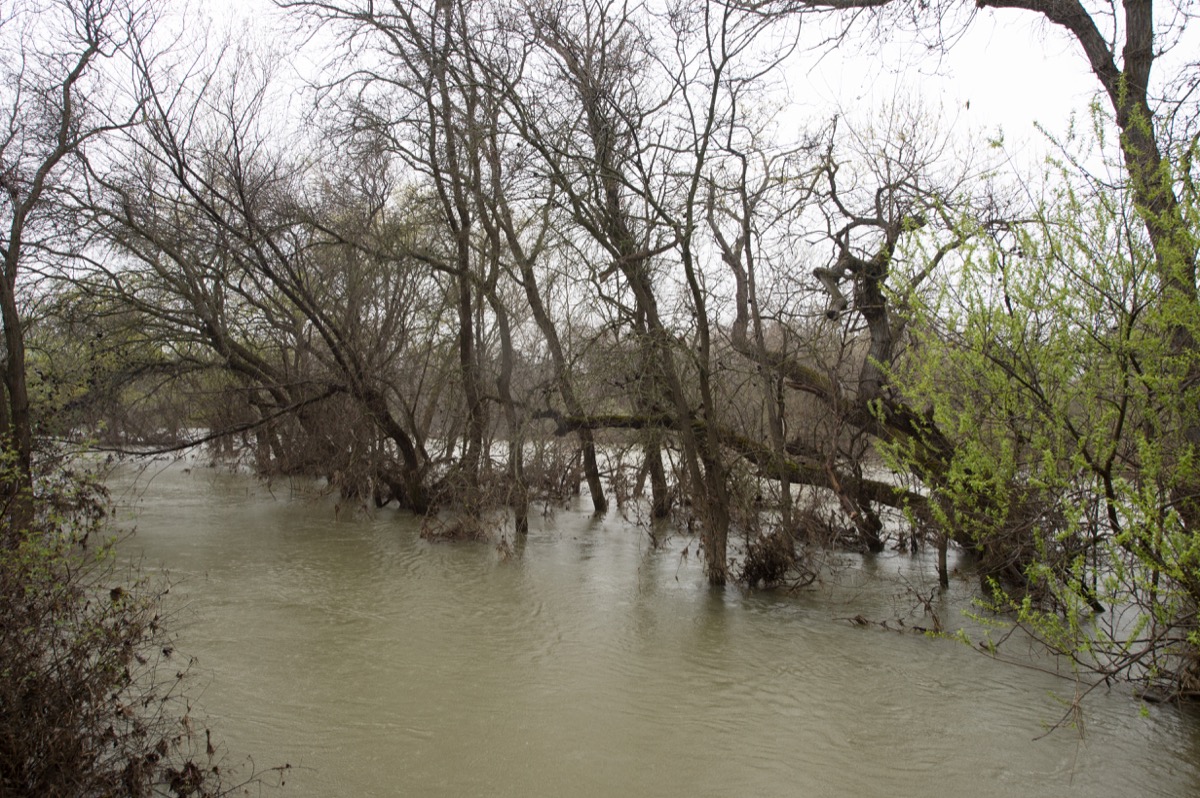
You get the same feeling down here as you do in the nearby Sierras, where sickly, drought-stricken oaks give way at higher elevations to sickly, drought-stricken alpine evergreens. The drought is over for now, but can the trees recover on their own? We may need a Marshall Plan for the trees. (This is a swollen Deer Creek, just north of Terra Bella.)
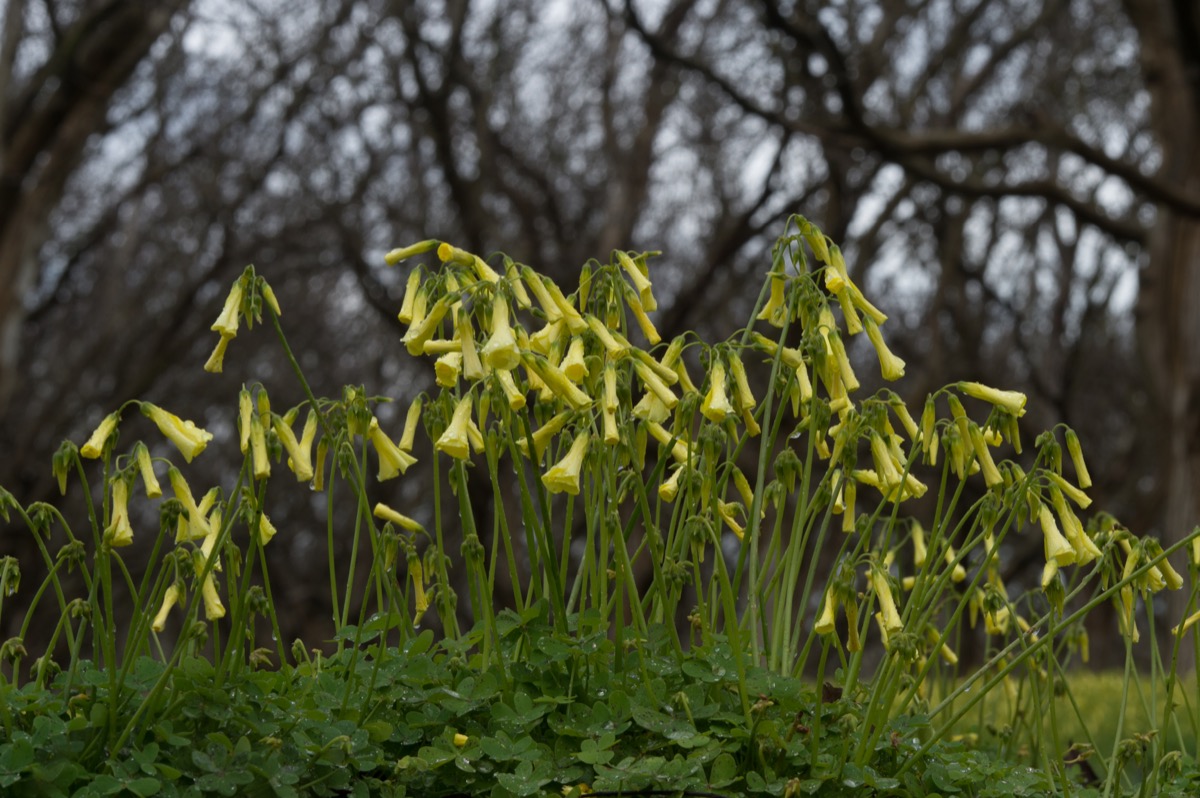
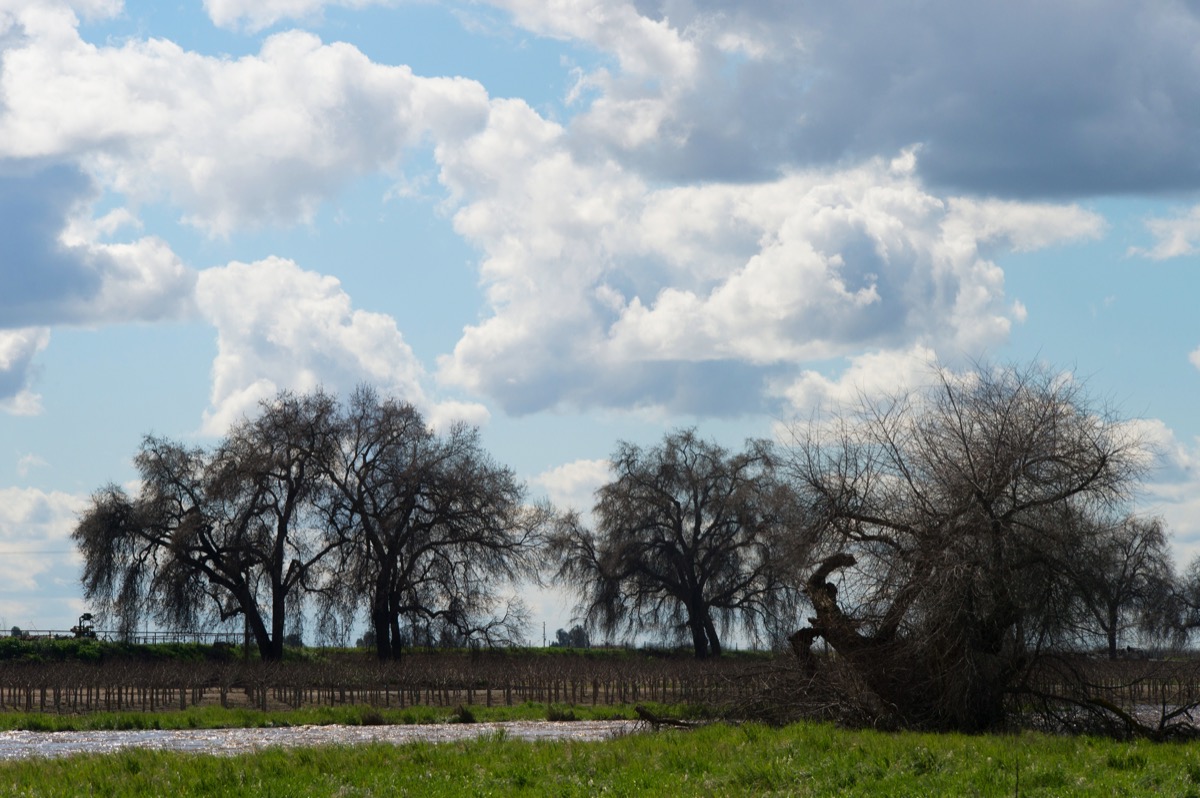
We drove the roads around Highway 65, which runs parallel to I-5 and I-99 into the hard-working farming communities of the Central Valley. You start to appreciate the sheer volume of agricultural endeavor not long after leaving Bakersfield.
According to a convenient USGS fact sheet, this valley contains 75% of California’s irrigated land and 17% of the nation’s. It produces 8% of U.S. agricultural output and a quarter of the nation’s food on just a single percent of the country’s farmland. Farmers here grow 40% of the fruits, nuts, and other “table foods” of the United States. It’s a haul worth $17 billion annually, made up of 250 crops in all, all made possible by water that needs to remain plentiful for the food to remain plentiful.
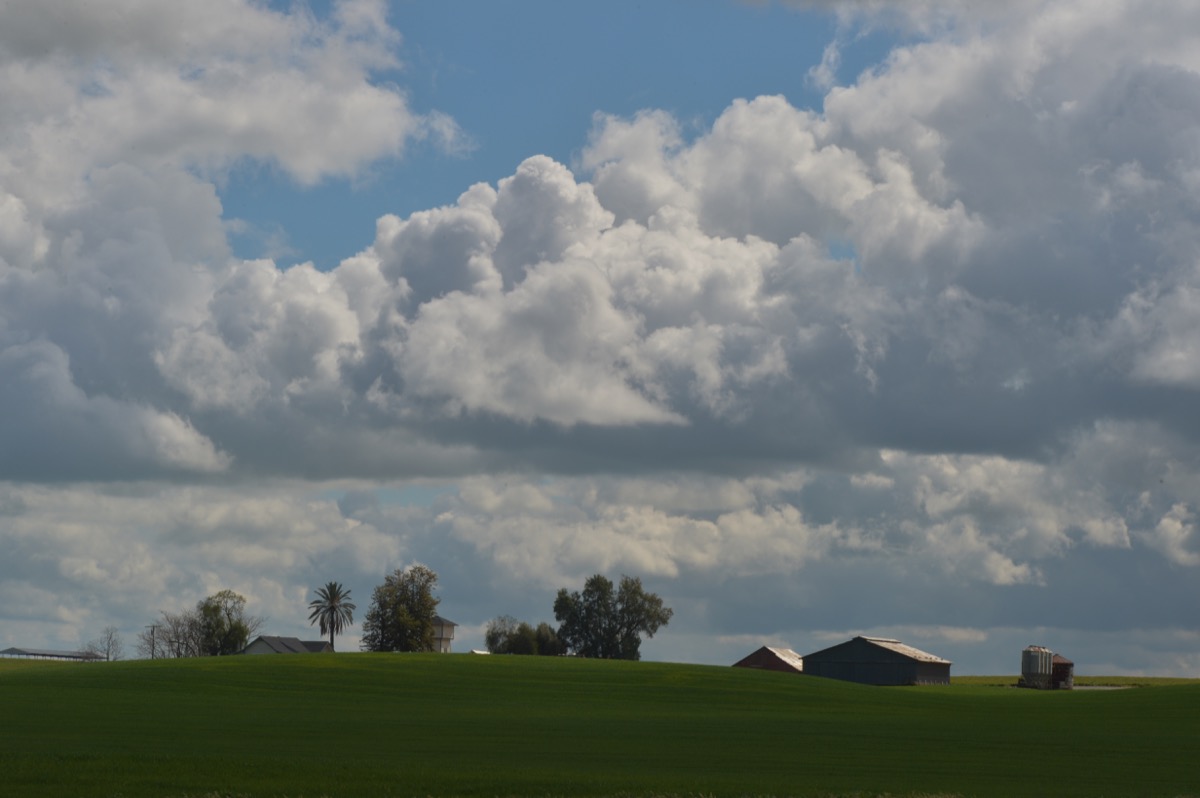
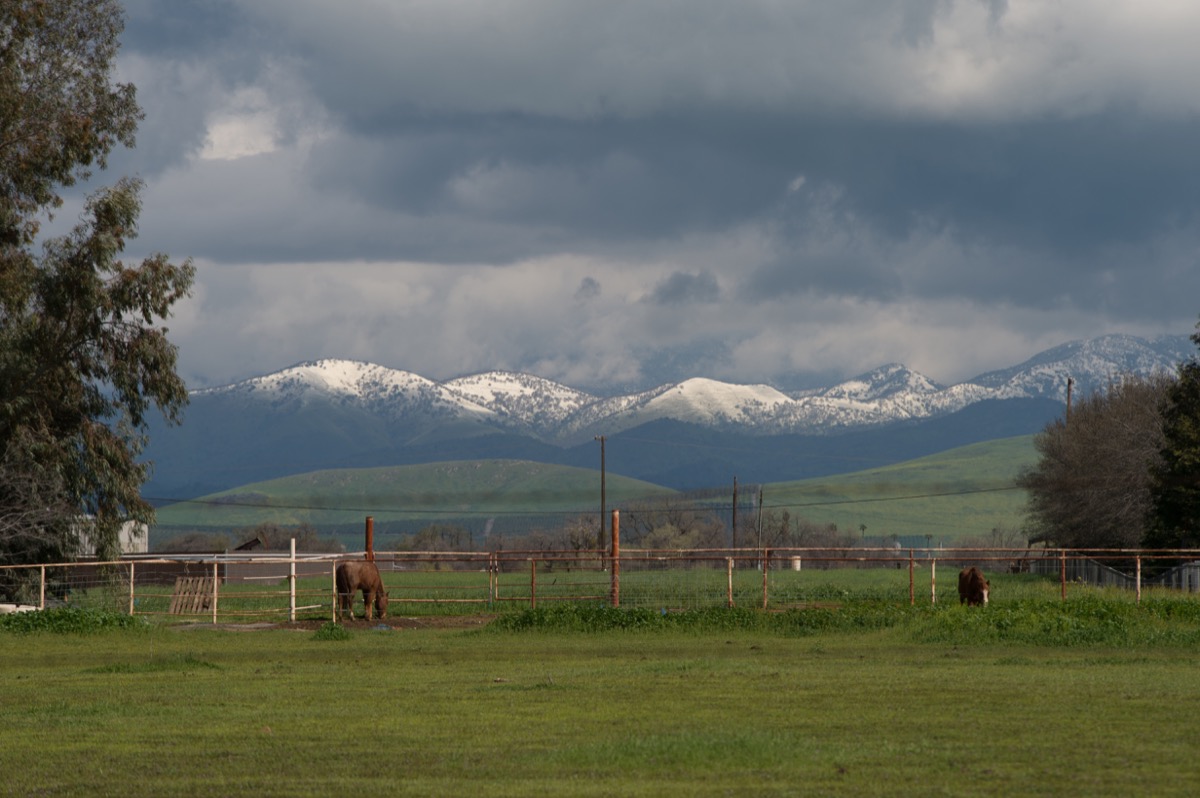
There are some ranches and occasional low-lying crops, but Highway 65 and its tributaries keep you focused on orchards — especially the mandarins better known to U.S. consumers as Halos or Cuties and the almonds that are right now in their spectacular pink blossom.
The immense popularity of the almond keeps water pumping, drought or not, supporting a thirsty crop that requires 1.1 gallons (or less) per nut. But the agricultural trees, too, bear the scars of drought. Abandoned orchards were more common this year than we have seen before, their black, craggy forms haunting the lush, green carpets of spring.

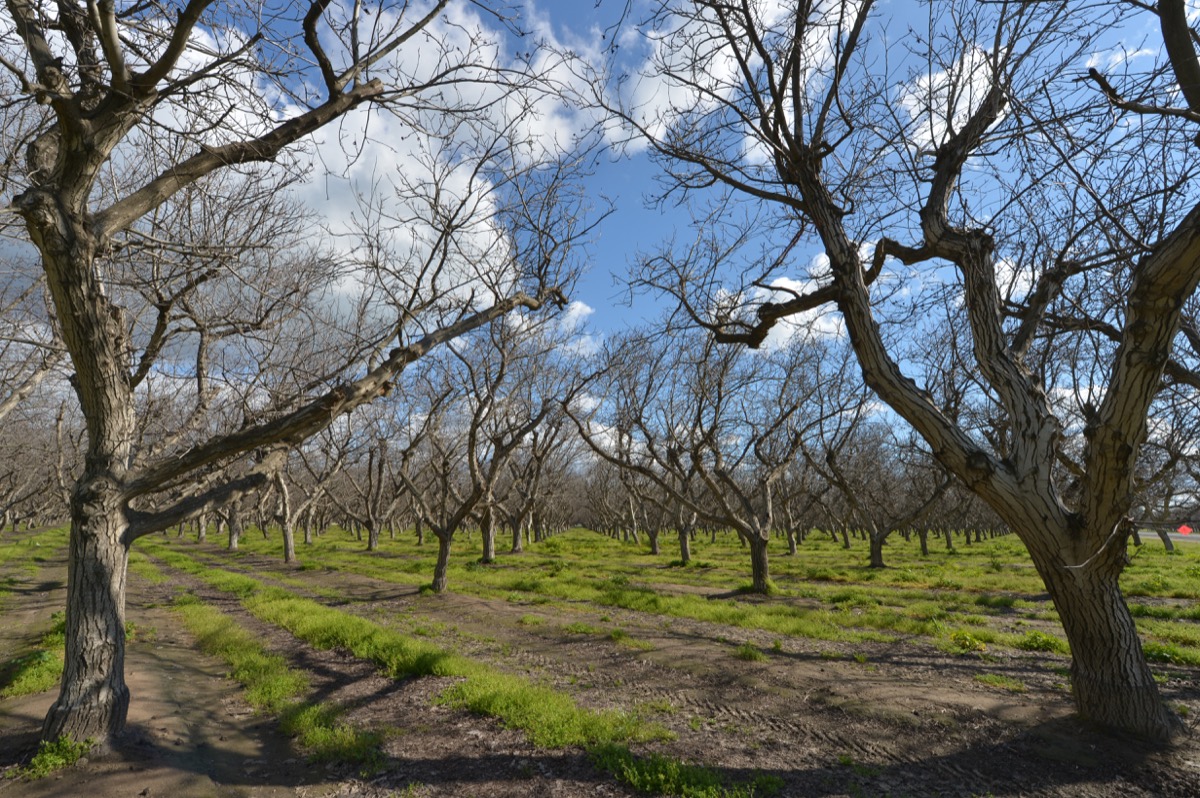
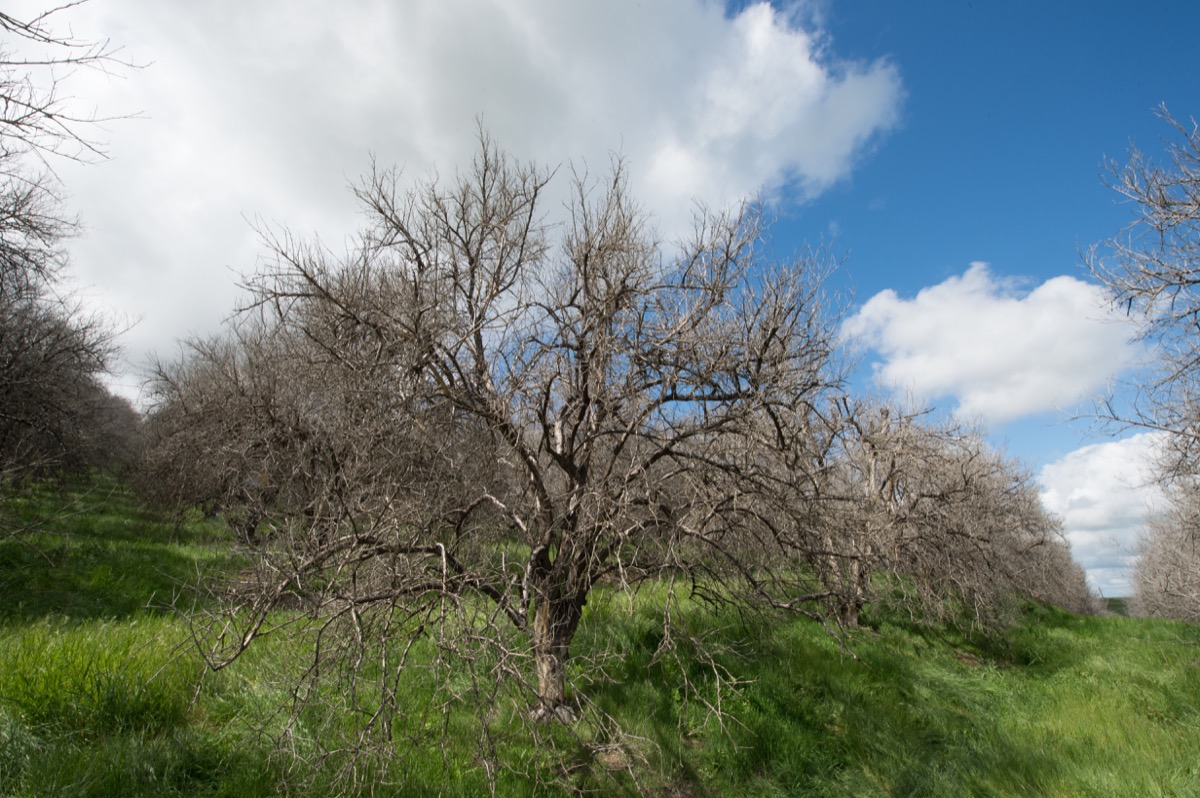
Strolling those retired groves feels like nothing more than visiting an old graveyard — eerily silent even in a stiff breeze as the branches dry in the sun and birds of prey circle overhead.
But as you drive north through the valley, the irrigated orchards rise in radiant health, covered as they are in their unreal pink blossoms of spring. What more appropriate monuments could there be to modern tastes and the extraordinary feats of engineering needed to maintain them, than these trees in their perfect lines, covered in pink for one blissful moment each year with a snow-white velvet carpet over their insatiable root systems?
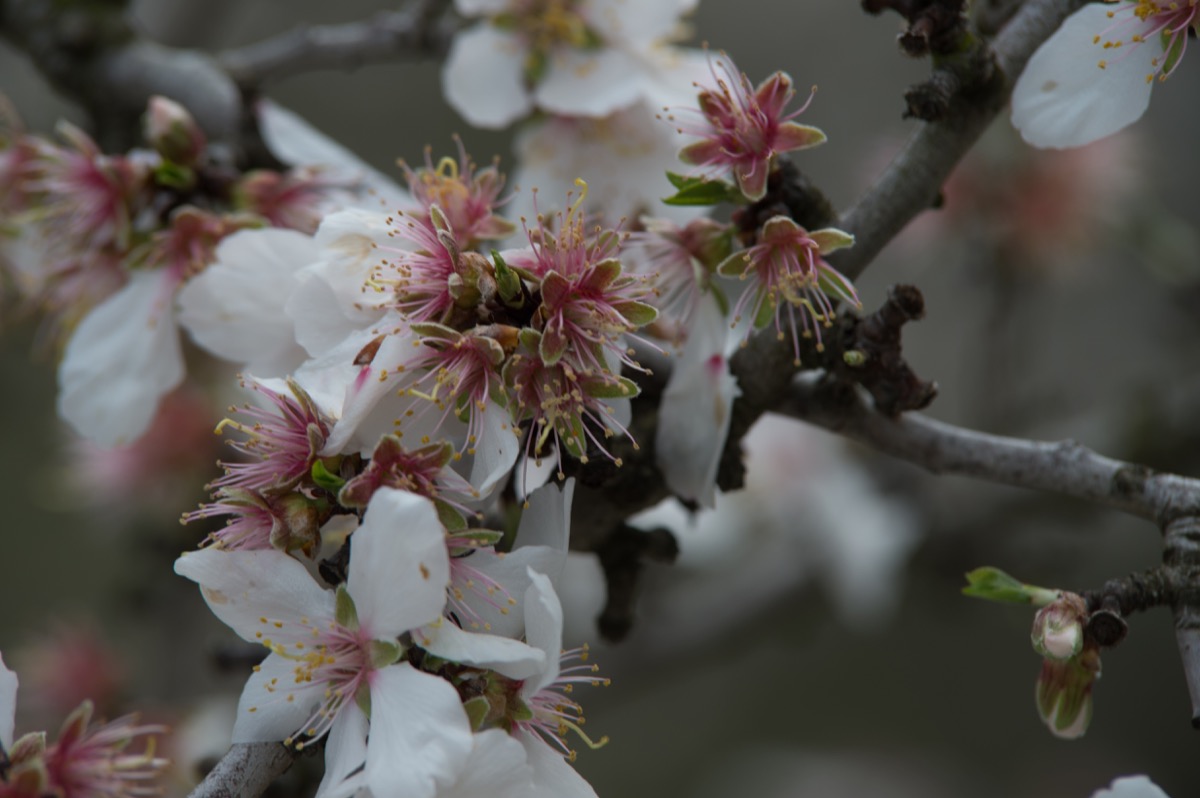
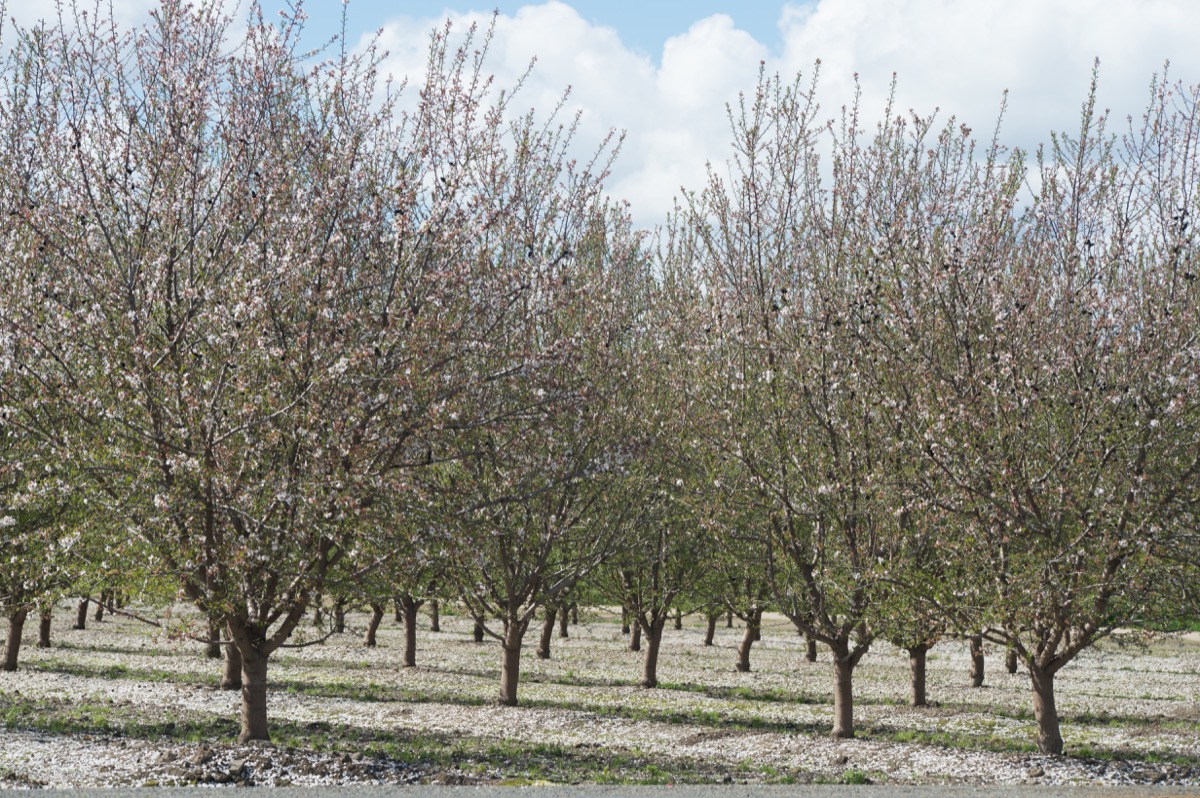
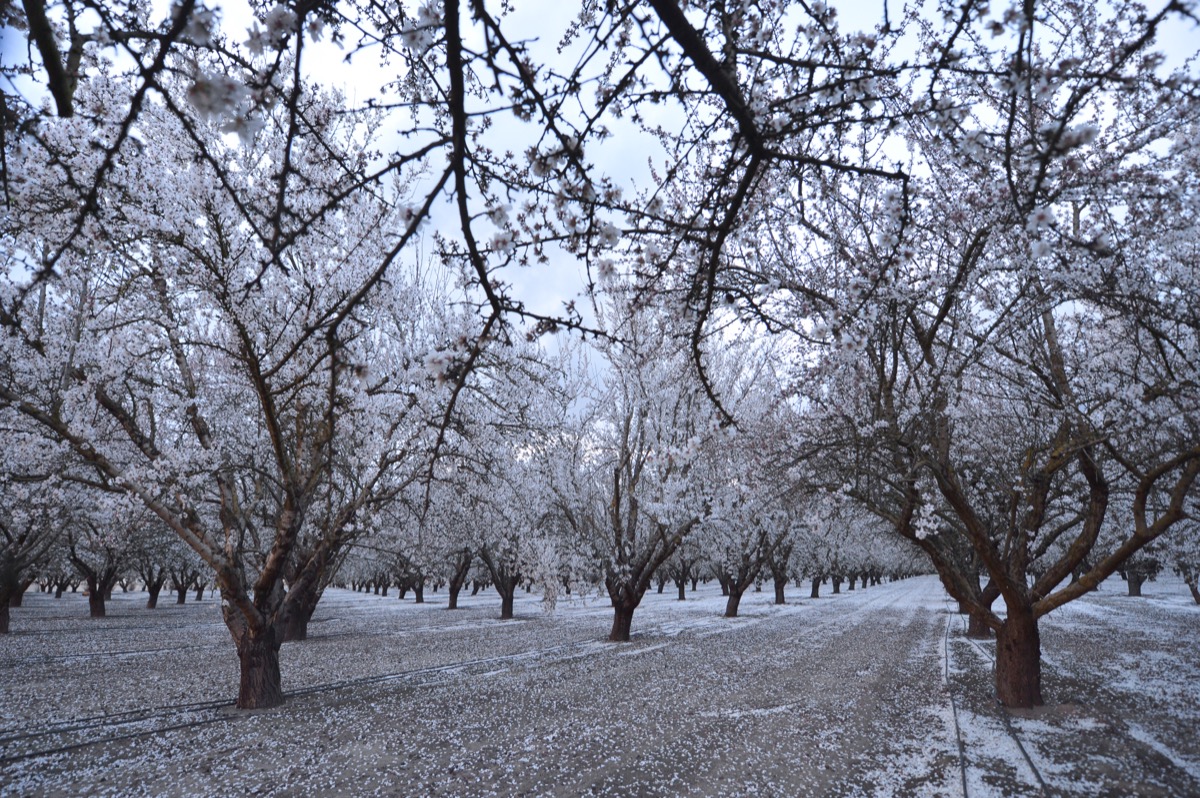
The Central Valley grows approximately 80 percent of the world’s farmed almonds. This is both a triumph of the human spirit and also an assault on the earth which is draining the aquifers and stressing remote rivers which themselves bear other responsibilities to cities, more local farms, and entire ecosystems.
The industry has made strides to keep their crops healthy with less water — such as super-targeted micro-irrigation, which sends water underground, straight to the roots. They are experimenting with heavy mulching by, for instance, recycling entire orchards straight into the ground. Compared with burning and remote mulching, entire-orchard mulching can “sequester carbon at a higher rate, have higher levels of soil organic matter, increased soil fertility, increased water retention, and help reduce the global emission of greenhouse gases.”
Even more than the blossoms, the enduring image we’ll take away from this drive is the sight of dead orchards rising over bright green spring grass. It’s a joy to celebrate the end of an eight-year drought, but the question lingers in the air: are we going to keep depleting the water table and redirecting rivers to sustain crops that are not supposed to be on this land, even during normal rainfall?
If we’re indeed making a genuine effort to stop global warming and to begin adapting to what we can’t stop, can we expect California’s Central Valley and its hard-working farmers to supply a significant portion of the United States — and the world — with these beloved crops?
Both local and global climate changes are abruptly modifying not just the amount of water the land, the aquifers, and the rivers receive, but also the time of year they receive it. The science is heartbreaking, clear, and plentiful (wonks should see the 2018 study in Agronomy), demonstrating that while drought presents itself cyclically, within no more than 30-50 years the Central Valley will no longer be able to support the same kind of agriculture it now hosts with such grace and plenty.
So the traveler can take comfort in a battle won, but not the end of a war from which we can expect to start rebuilding — and re-seedling-ing.
Trees rising lifeless from this land seem to be calling for a plan to restore their lost numbers. But what we need is much, much bigger thinking, and more strategic and smart investment, to ensure that the ecology can sustain whatever lives here — for our sake, but also for the larger sake of the ecology as a whole, including the trees that were here long before we arrived with our technology and our expensive tastes.
•
We eventually re-joined route 99 and ended up in the empire of almonds outside Davis, but not before having the experience of watching all that agriculture fly by, mile after mile, with its suggestion that any human endeavor we set our minds to is possible in any volume we need to maintain life.
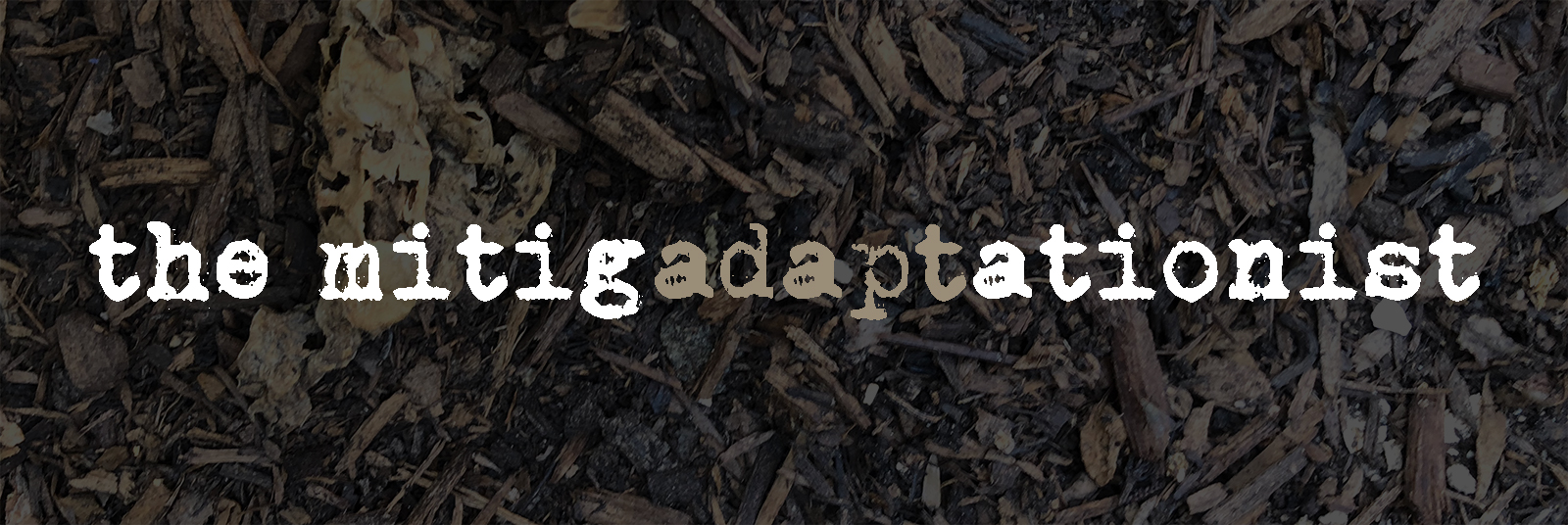
0 Comments